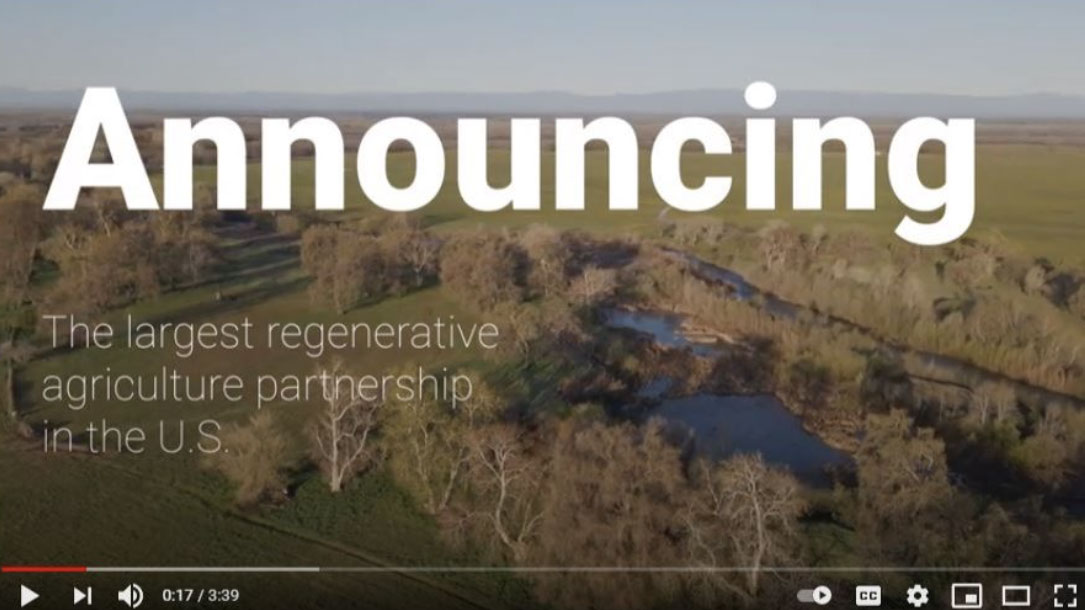
Largest market-based regenerative grasslands partnership in the U.S.
Panorama Organic Grass-Fed Meats to certify one million acres of wildlife habitat with the National Audubon’s Conservation Ranching Initiative.
The Audubon Conservation Ranching Initiative seeks to enhance the stewardship of grasslands for the benefit of birds. Birds have suffered significant decline over the past 50 years due to loss of U.S. grasslands to widespread development.
This initiative empowers consumers to support programs that restore bird populations via conservation practices by selectively purchasing beef nationwide from Audubon-certified farms and ranches, including Panorama Organic and other participating brands. The Audubon certification seal carries broad market appeal among consumers who care about the environment.
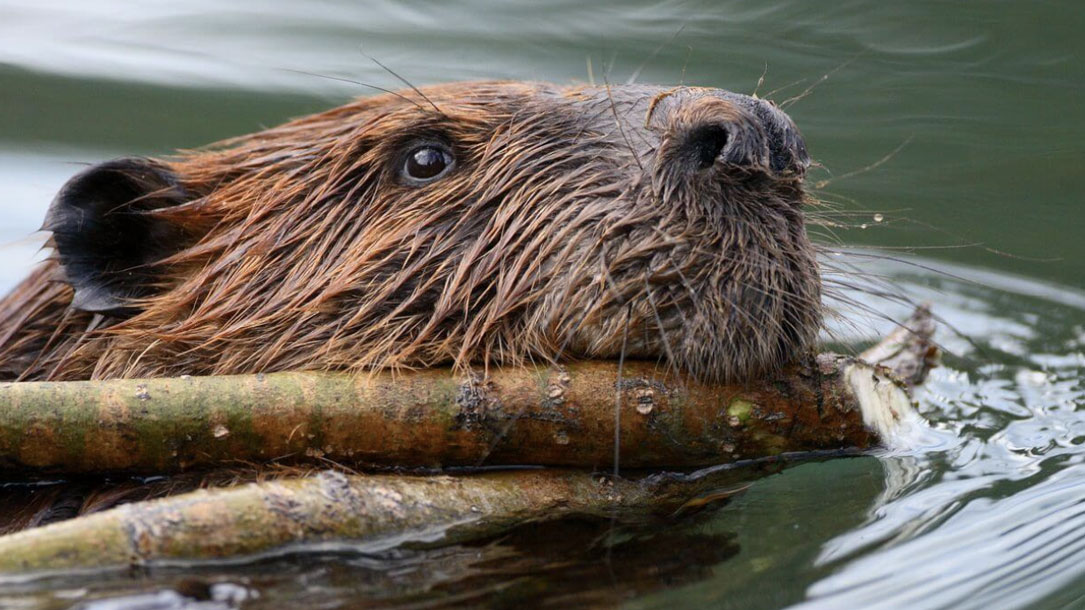
Eastern Wildway
“…Today, we continue making significant progress toward creating a continental-scale Eastern Wildway—an extensive wildlife corridor linking eastern Canada to the Gulf of Mexico. In October 2019, Wildlands Network released a Eastern Wildway map, representing a major step forward in realizing a vision of connectivity for this region. The map comprises a network of habitat cores—large natural areas, in dark green—and corridors—linkages between the cores, in light green, and integrates a wide range of existing data sets and input from state and federal agencies, other NGOs, and academic researchers and expert conservationists…”

A bold initiative
The Land Conservancy is beginning an ambitious new initiative — to create the Western New York Wildway. The Wildway will be an extensive series of protected lands that connect the vast forests of northern Pennsylvania to the Great lakes, through to the Finger Lakes, the Adirondacks, and beyond. It will form part of the Eastern Wildway which runs all the way from Canada to the Gulf of Mexico.
The Wildway will allow plants and animals to migrate across the land as they once did, to move as climate changes, and to expand their ranges and ensure their survival…
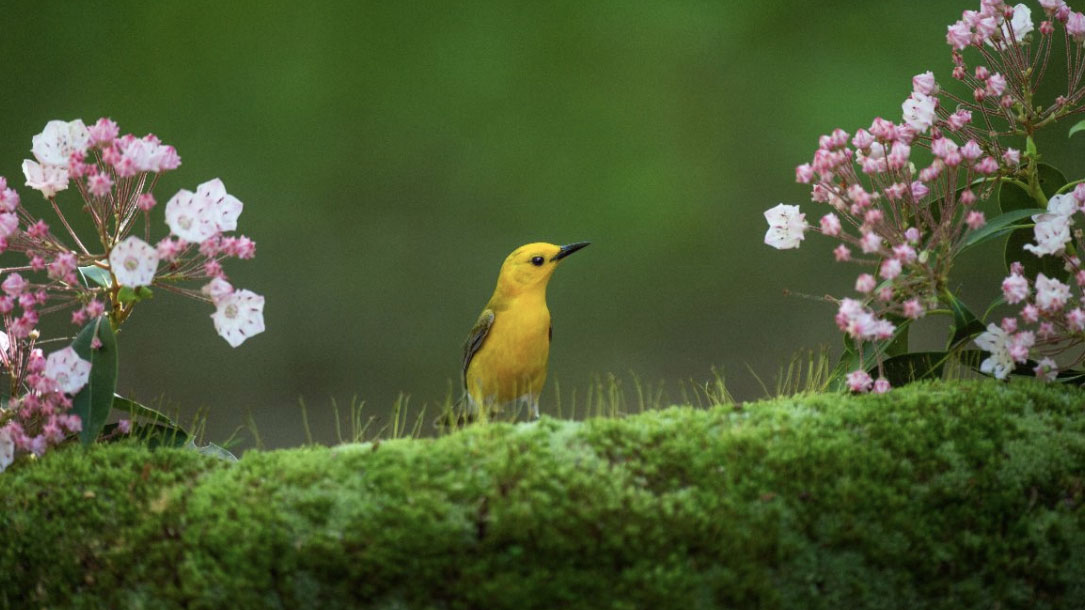
$5.25 million fund launched for land conservation and climate change in the [southeast] region
Open Space Institute’s (OSI) conservation support within the Cradle of Southern Appalachia focus area will bolster the work of the Thrive Regional Partnership’s Natural Treasures Alliance. With the region’s population expected to double by mid-century, and recognizing that economic health is inextricably linked to preserving intact natural systems, the Alliance calls for the protection of a million additional acres of the area’s forestland over the next several decades. The resulting lands will be protected for climate, recreation, clean water, and quality of life.
To expand the impact of the Fund, OSI is also turning to organizations such as American Forests, The Nature Conservancy, and the Land Trust Alliance, to share expertise, amplify efforts, and coordinate the Fund’s investments. OSI is also collaborating with eastern Climate Alliance states, a growing coalition of 25 states committed to achieving emissions reductions set by the Paris climate accord..

Forests are important in the fight against the climate crisisForests are important in the fight against the climate crisis
“Congress should pass a suite of policies that enhance the carbon storage and biodiversity of our forests.
Audubon’s own science shows that climate change is the greatest threat to North American birds, with two-thirds of species vulnerable to extinction if carbon emissions continue at their current pace. Birds that rely on boreal and western forests are at especially high risk. However, if we keep warming below 1.5 degrees C—which would require reaching net-zero greenhouse gas emissions by 2050—we can improve the outcomes for 76 percent of those imperiled birds. While reaching this target will require decarbonization across our electric, transportation, and industrial sectors, we can also implement policies that help our working lands be part of the climate solution…”
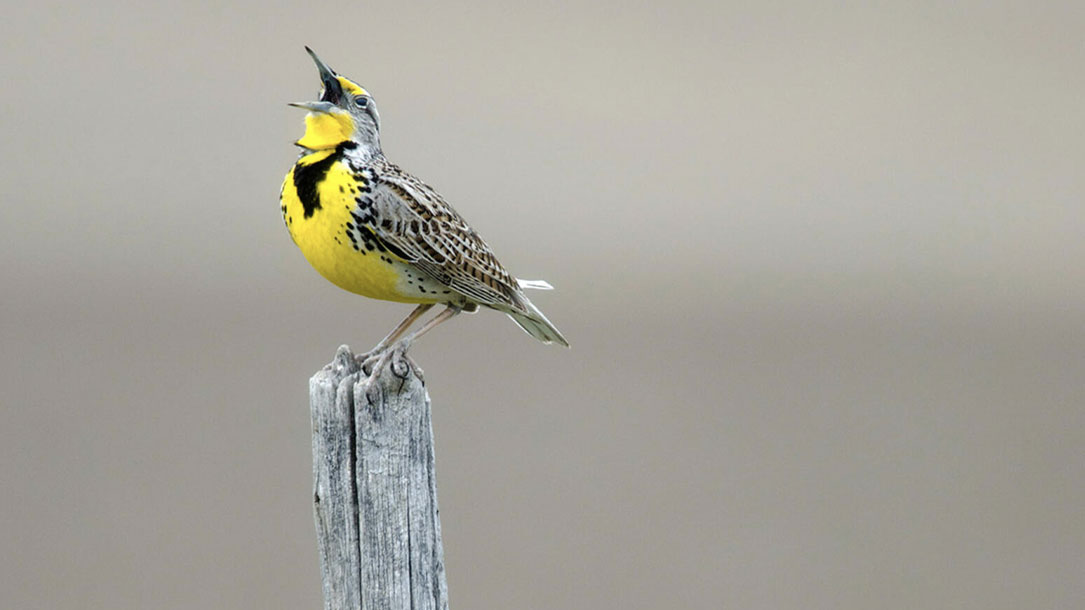
Innovative bill would promote regenerative ranching in California
The program would encourage regenerative agricultural practices similar to those promoted by Audubon’s Conservation Ranching initiative (ACR). The program partners with ranchers to adopt techniques including rotation of pastureland and limited use of feeds other than grass itself. The practices allow a variety of native grasses, with their extensive root systems (a potent carbon sink), to grow and thrive by allowing grasslands to rest and recover.
That, in turn, provides habitat for imperiled grassland birds, whose numbers have declined by 50 percent over the past 100 years. In return, ranchers participating in ACR can brand their meat with Audubon’s “Grazed on bird-friendly land” seal, earning up to $2 per pound more for their premium, grass-fed products…

Building more resilient human and natural communities
Stronger storms, increased rainfall, and periodic droughts are all part of our new normal. Conservation Trust for North Carolina is rising to the challenge our changing climate brings by partnering with affected communities to identify ways that healthy lands can better support and protect people. Including land conservation in larger plans for reducing the carbon output of our state and lessening impacts to communities, we can build a resilient North Carolina.
Conserving land for climate resilience is a top priority for all North Carolinians. Informed by climate science data, we know that taking steps to protect highly resilient property along the Blue Ridge Parkway is valuable to communities long into the future, even as natural areas, wildlife habitat and species change in response to the climate. We are ready to take this purposeful approach….

Protocols for bird-friendly habitat management certification
Audubon and its partner ranchers employ a variety of tactics to manage the land upon which cows graze. Together, these tactics are what leads to Audubon’s certification that certain beef products are produced with bird-friendly land-management practices
To get certification, ranchers follow a set of program standards in four areas: habitat management; forage and feeding; animal health and welfare; and environmental sustainability…

What in the world is conservation ranching?
“Wild bison were unwitting conservationists. As they roved the Great Plains, snacking here, trampling there, the hefty mammal carved diverse plant landscapes for any species’ nesting, mating, or hunting requirements. When humans substituted these shaggy ungulates for cows, the territory transformed. Without guidance, cattle mow fields to a single height and encourage only a couple plants to rebound. Few birds thrive in this monotony…”
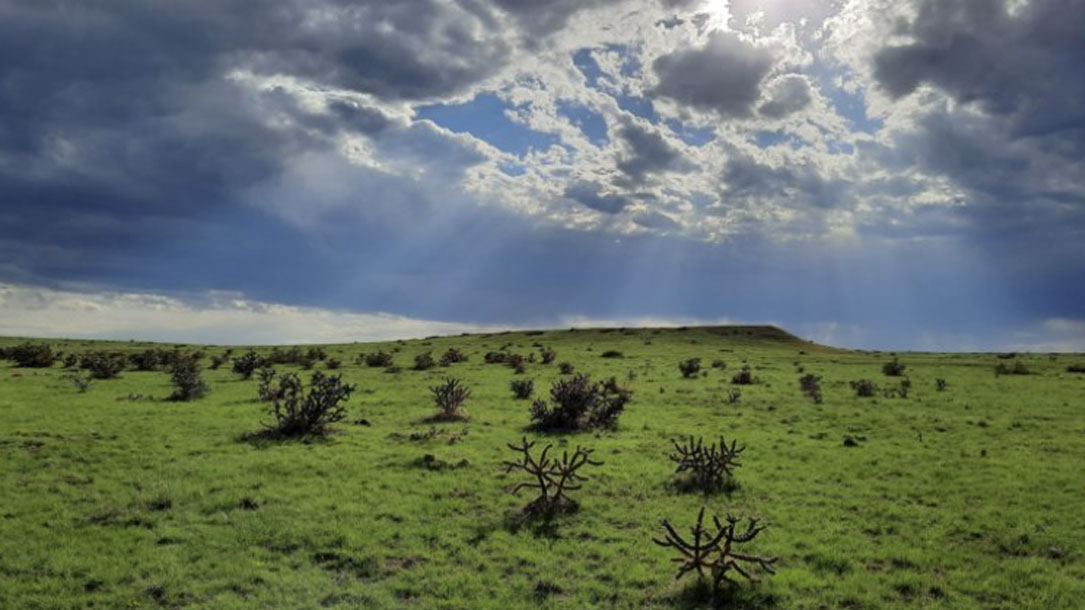
Medford Spring Grassland Conservation
“Grasslands store one-third of the Earth’s carbon, and just one acre of grassland can store an estimated 50 tonnes of carbon or more. Yet, in the U.S., over one million acres of grassland are still converted each year, which has the potential to release 50%-70% of the carbon they hold as carbon dioxide (CO₂).
The Medford Spring grasslands in southeastern Colorado are facing an imminent threat of conversion to cropland given its soils are suitable for farming, and cropland rental rates for winter wheat, milo, sorghum, alfalfa, and other row crops, are more than five times pastureland rates in Bent County, CO. A permanent conservation easement will preserve the grasslands and avoid conversion of the land to farming or development. This will prevent an estimated 190,000 tonnes of CO₂ from entering the atmosphere over the next 50 years. This is the equivalent of almost 208 million pounds of coal burned…”












